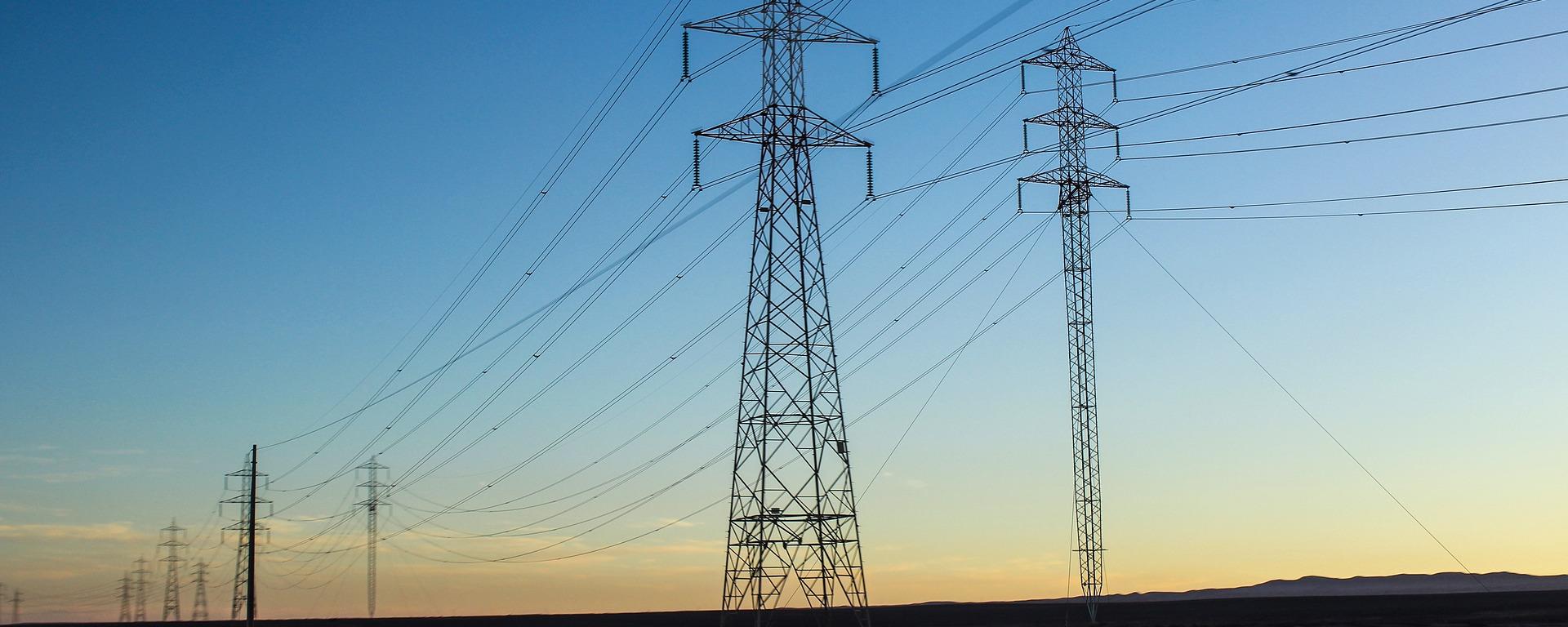Summary
•This research employs life cycle assessment, life cycle costing, and energy system modeling to inform decision-making about the deployment of new energy technologies under uncertainty
•This study proposes a framework for assessing new technologies that includes scenario analysis, deterministic sensitivity analysis, and stochastic methods and a new approach to test the robustness of stochastic results to assumptions about the shapes and types of input distributions
•The framework is applied to explore the potential for new carbon capture technologies to decarbonize the power sector
Summary
•This study uses the Alberta electricity system as a case study to determine how marginal changes in the supply/demand balance affect the spot price and greenhouse gas (GHG) emissions of the grid.
•Interactions between the generation merit order, demand, wind generation, transmission interties, and reserves are used to determine the underlying trends that lead to the largest price and emissions fluctuations. Demand variations are used to determine the Merit Order Effect (MOE), where changes in the supply/demand balance shift the price up or down the generation merit order.
•GHG emissions are quantified using the common metric of Marginal Emissions Factor (MEF).
•In this study, the energy and greenhouse emissions impacts of electric vehicles on Alberta’s electricity and transport systems are examined.
•A hybrid simulation model is utilized, and a new component is developed to model electric vehicle fleets. The adapted model is used to investigate the impact of six scenarios with varying assumptions about electric vehicle penetration rates and charging strategies.
Publications
•Tierney, M. (2020). Greener on the other side: Assessing the economic and emission impacts of demand-side technologies in electricity grids. M.Sc Thesis.
•Tierney, M., Bergerson, J. (2019). Marginal Impacts of near-zero emissions technologies on price and GHG emissions in fossil-fueled electricity grids. AGU Fall Meetings. GC31K-1315.
Summary
•This research makes use of energy-systems modeling to assess the implications of behavioral and technological changes, as well as energy policy, in Alberta’s transportation sector, fuels market, and emissions released.
•The study gives consideration to policies such as the Corporate Average Fuel Economy (CAFE) and Clean Fuels Standard (CFS), to assess the performance of improved vehicles and fuel technologies.
•The use of LCA and LCI provides insight into some of the environmental and cost implications of policy in support of specific decarbonization pathways.
Publications
•Doluweera, G., Hahn, F., Bergerson, J., Pruckner, M.(2020). A Scenario-based study on the impacts of electric vehicles on energy consumption and sustainability in Alberta. Applied Energy, 268, 114961.
Summary
•This research focuses on life cycle techniques to investigate the lowest impact decarbonization pathway for Yukon's electric grid.

